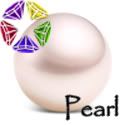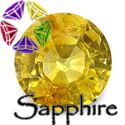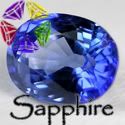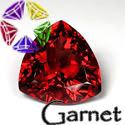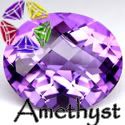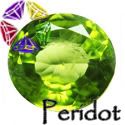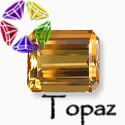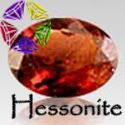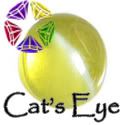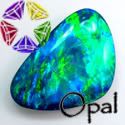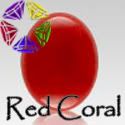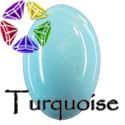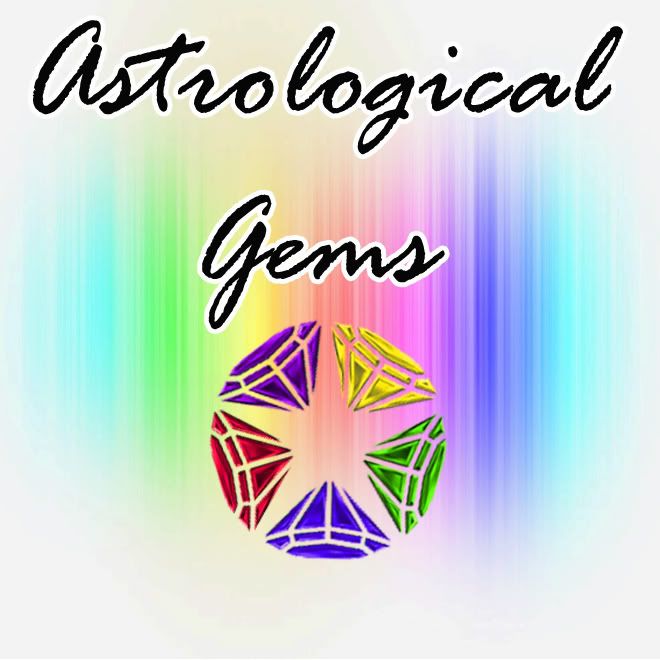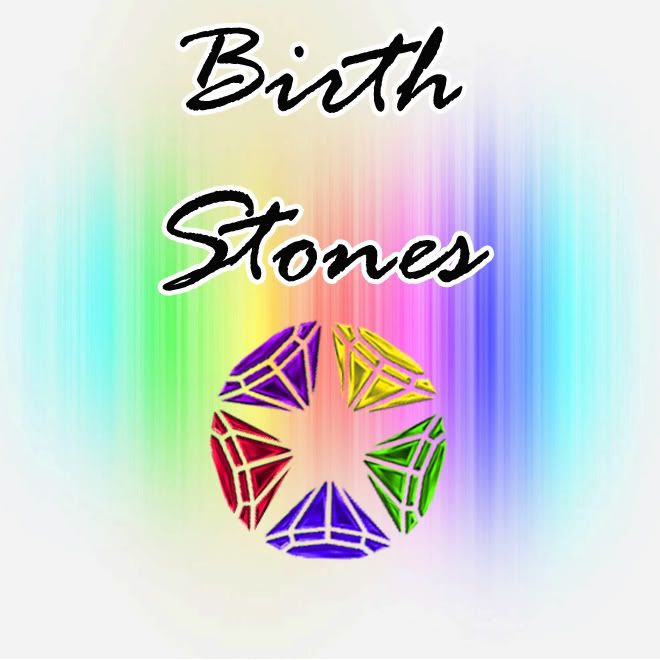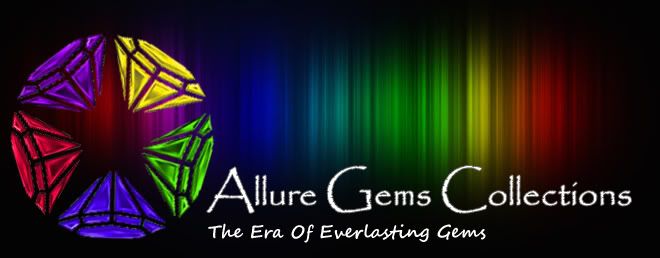
Labels
|

| Diamond | 2:20 PM |
|
|
|
Diamond
 Diamond is the Jyotish gem related to Venus, which is the planet of love, beauty, arts and married life. Like Jupiter, it bestow money, comforts and fortune on a person when it is strong and significantly well placed. It can be useful in the cure of venereal and reproductive system diseases. Wearing a fine white sapphire of at least 2 carats and a damburite of a t least 3 ct., is said to bestow happiness in married life as well as magnetism and attractiveness for the wearer.
Diamond is the Jyotish gem related to Venus, which is the planet of love, beauty, arts and married life. Like Jupiter, it bestow money, comforts and fortune on a person when it is strong and significantly well placed. It can be useful in the cure of venereal and reproductive system diseases. Wearing a fine white sapphire of at least 2 carats and a damburite of a t least 3 ct., is said to bestow happiness in married life as well as magnetism and attractiveness for the wearer.Gemological properties
Chemical composition: Pure carbonColor: Colorless to hues of brown, yellow, pink, chartreuse, blue, etc. The most priced diamond are those classified as colorless and "fancy"
Hardness: 10
Density: 3.52
Refractive index: 2.417
Occurrence: South Africa, Angola, Botswana, Australia, Russia, India, Brazil, Venezuela.
Astrological Properties
Planet: VenusCosmic Color: Deep blue
Number: 6
Chakra: 3rd, Vishuddhi
Sign: Taurus & Libra
Element: Water
Day: Friday
Time: Sunrise
Sanskrit Names
Vajra (Lightning bolt)Hiraka (Diamond)
Bhargava-priya (Beloved of Venus)
Birthstone for: April
April's birthstone is the diamond. Diamonds are a wonder of nature. Their cold sparkling fire has held us spell-bound for centuries, inspiring rich passionate myths of romance, intrigue, power, greed, and magic. Ancient Hindus, finding diamonds washed out of the ground after thunderstorms, believed they were created by bolts of lightning. In our place and time, the diamond is a symbol of enduring love, and often grace engagement rings.
There are many kinds of diamonds: transparent, translucent or opaque; ranging from colorless to sooty black, with many colors in between. Mostly transparent diamonds, colorless or tinted, are used as jewelry. Others are used widely in industry.
The color of a diamond depends on the kind of impurities embedded inside it. Yellow diamonds, for example, betray minute quantities of nitrogen, while boron imparts a bluish hue.
There are other inclusions in diamonds that have great scientific value. Such samples are time capsules that yield valuable information about conditions deep in the Earth's upper mantle where diamonds formed, and yield clues to the formation and age of the diamond.
Diamonds are the rich cousins of graphite, both crystalline forms of pure carbon. The enormous differences in their properties is a result of the way that carbon atoms are bonded together. In graphite, carbon atoms are arranged in sheets that easily slide past each other, making them ideal as lubricants and of course, pencil leads. Diamond crystals, on the other hand, are a tight-fisted network of carbon atoms securely held in four directions, making it the hardest naturally-occuring substance in the world. In order to achieve such a compact and strongly-held network of carbon atoms, it is believed that diamonds must have crystallized deep under the Earth's surface. At these depths exist the proper conditions for the formation of diamonds; at 90 to 120 miles deep, pressures are more than 65,000 times that of the atmosphere at the Earth's surface, with temperatures exceeding 2,700 degrees Fahrenheit. Such pressures and temperatures reproduced in laboratories have successfully yielded synthetic diamonds. Diamonds are found in alluvial deposits, that is, gravel swept by streams, rivers, glaciers and ocean currents. They are also found in sedimentary rock where gravel deposits and organic material have been compressed into rock. Diamonds can be found in some samples of kimberlite -- a type of volcanic rock first identified in Kimberly, South Africa. Diamonds found in kimberlite are thought to be very old, perhaps as much as three billion years old. Tiny flecks of diamond have even been found inside meteorites -- bits of rocky space debris that land on Earth. Diamonds are crystals, crystals being the ultimate form of symmetry in nature.
The shape of the crystal reflects the internal orderly arrangement of atoms within it. In diamonds, atoms of carbon are held tightly by covalent bonding, where two neighboring atoms share an electron, endowing the diamond crystal with great strength. But despite its hardness, diamonds can be cut. This is accomplished by cutting the gem along planes parallel to the faces of the crystal where the tight bonds between carbon atoms are a little weaker. Found in their natural form, diamonds can appear quite unimpressive. It is only when they are cut and polished by skilled craftsmen, such that the light entering it is reflected and refracted as best possible, only then is their hidden beauty revealed.Order/Enquiry Form

© 2008 Allure Gems Collections
Redesign by DevilCp
Design by Templates4all
Converted to Blogger Template by BloggerTricks.com

